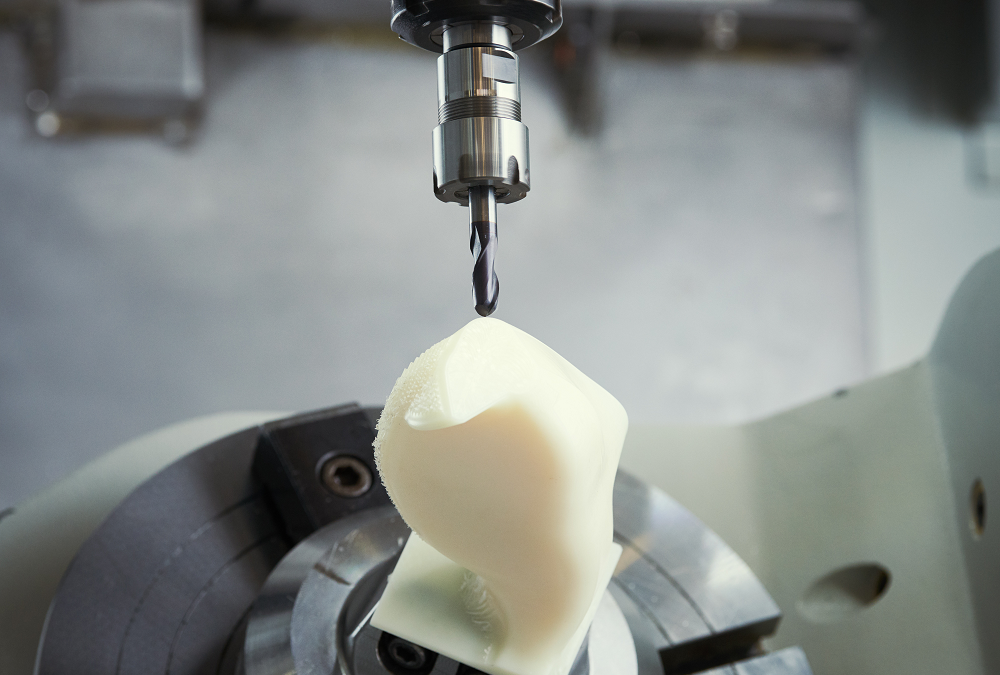Manufacturers continue to innovate and develop advanced metals and composites. For instance, take automotive and aerospace manufacturers who are tasked with improving fuel efficiency while increasing the safety profiles of their parts. From those initiatives, a new class of advanced high-strength steels (AHSS) have become automakers’ preferred material, while additive manufacturing, also known as 3D printing, has introduced new metal materials and composites to other industries.
With countless material options available for each part, mixed metal and composite machining operations are becoming more common in the manufacturing industry, though incorporating these materials can make machining operations exceptionally more complex.
Read on for some of the biggest challenges created by composites and mixed metal operations, plus why selecting the right cutting fluid is critical.
More Expensive Materials
Materials like AHSS and metal matrix composites can have greater strength, durability, and lighter weight than traditional materials. But this high-performance material increases upfront costs, raising the importance of controlling scrap rate and other waste during machining.
Fluid Incompatibility
With complex material composition, composites and advanced metals are sometimes not compatible with previous generations of cutting fluids. Therefore, the various metal types manufacturers need for a single operation require them to purchase numerous individual specialty fluids for each material or invest in an ultra-premium solution.
Reduced Tool Life
Advanced metals and composites often have more structural integrity than traditional metals, which also means they are more difficult to machine. This drastically reduces tool life, increasing cutting tool spend, and the chips created can cause chip removal issues and build up in coolant sumps, requiring frequent fluid change outs.
Delamination
A problem specific to composites and layered materials, delamination occurs when heat and friction cause different layers of the material to separate during machining. This compromises the material’s integrity and can lead to poor finish quality.
Dust
Another challenge specific to composites is the high degree of fine particles and dust generated during cutting. This makes it critical for workers to wear protective gear to keep particles away from their bodies. Proper cutting fluids can be used to reduce airborne particulates, but can become mixed with fluid, becoming an “abrasive slurry” that creates additional safety and tool life challenges.
Advanced Cutting Fluids to the Rescue
Neo synthetics like TRIM® Hypersol™ 888 NXT provide an unparalleled combination of lubricity and cooling ability to maximize tool life, even in the most challenging conditions. More than half of the ingredients used in the fluid are biobased, which, combined with exceptionally low carryoff, makes it one of the most sustainable fluids in the Master Fluid Solutions catalog. This advanced formula is also compatible with almost every metal, including composites commonly used in additive and subtractive manufacturing.
TRIM® C390, formulated specifically for the aerospace and metal matrix composite industry, also has a high degree of lubricity and cooling ability, along with wide material compatibility. Both fluids reduce friction and heat enough to prevent delamination. Tool life improvements, scrap rate reduction, and high productivity dramatically lower the overall costs per part.
The advancements in metal and composite formulations come with numerous benefits to both manufacturers and end-users, including greater durability, more structural integrity, better corrosion resistance, and lower weight. However, these advanced workpiece materials need equally progressive cutting fluids to realize their full potential.
Master Fluid Solutions can help you make the most of these new materials in your production.
Call +1 800-537-3365 or email us at [email protected] to learn more.

